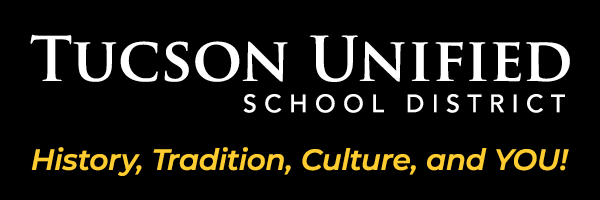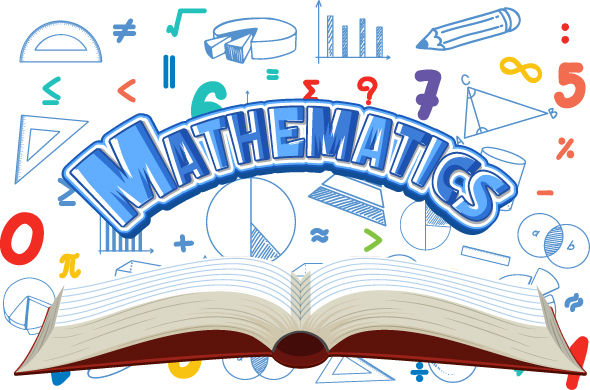4th Grade Math Course
Question 1: How can we use what we know about multiplication and division to solve problems with bigger numbers?
Question 2: How do fractions and decimals help us understand parts of a whole and measure things more precisely?
We learn about place values to compare, round, add and subtract numbers up to 6 digits.
We can use these skills to think about the numbers behind cities and towns such as population size, the number of cars on the road, and the number of trees around the city.
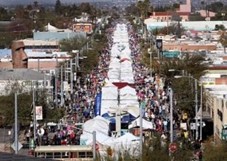
We learn how to multiply two-digit numbers by one-digit numbers and divide two- and three-digit numbers by one-digit numbers. We also explore factors and multiples.
We can use our multiplication skills to convert units of length, which can help when measuring distances on a road trip.

We learn to compare different attributes of objects and sets. This includes comparing heights and lengths using terms like taller, shorter, and longer, comparing weights using a balance scale, and comparing the number of objects in sets using terms like more and fewer. We also learn to compare numbers themselves using greater, less, and equal.
We can use these skills to solve everyday problems involving measurement and comparisons, such as figuring out who is taller, which object is heavier, or which group has more items. These comparison skills help us make sense of how objects and numbers can be put together and taken apart, as we do in the next module.
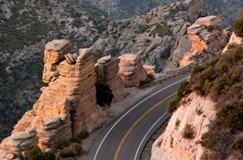
We learn to write mixed numbers, generate equivalent fractions, compare fractions with unlike denominators, and add and subtract fractions and mixed numbers with like denominators. We also learn to multiply fractions and mixed numbers by whole numbers.
We can use this in the real world for cooking and baking by adjusting recipes, measuring ingredients accurately, and doubling or halving recipes.

We use our knowledge of fractions to learn about decimals. For example, we connect 1/10 to 0.1 and 1/100 to 0.01. We compare decimal numbers and add fractions with different but related denominators, like tenths and hundredths.
These skills help us in real life, especially when working with money. We can count coins, compare prices, and make smart choices when shopping, saving, or creating a budget.
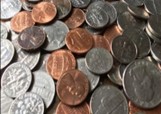
We learn to identify attributes of polygons, such as side length, parallel and perpendicular sides, and different angle types. We also use protractors to measure and draw angles accurately and recognize lines of symmetry in shapes.
We can use this in the real world for designing buildings, creating art, and understanding patterns in nature. Knowing how to measure angles and identify symmetry helps in fields like architecture, engineering, and graphic design.
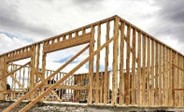
We are here to equip, inspire and enrich the strengths of all learners with relevant educational experiences for lifelong learning.
Every day we strive to provide a world-class education that is equitable, empowering and inspiring for all.
Learn more about our programs & resources.
C&I Department
520-225-6282
1010 E. Tenth St., Tucson, AZ 85719 Map (google.com)
